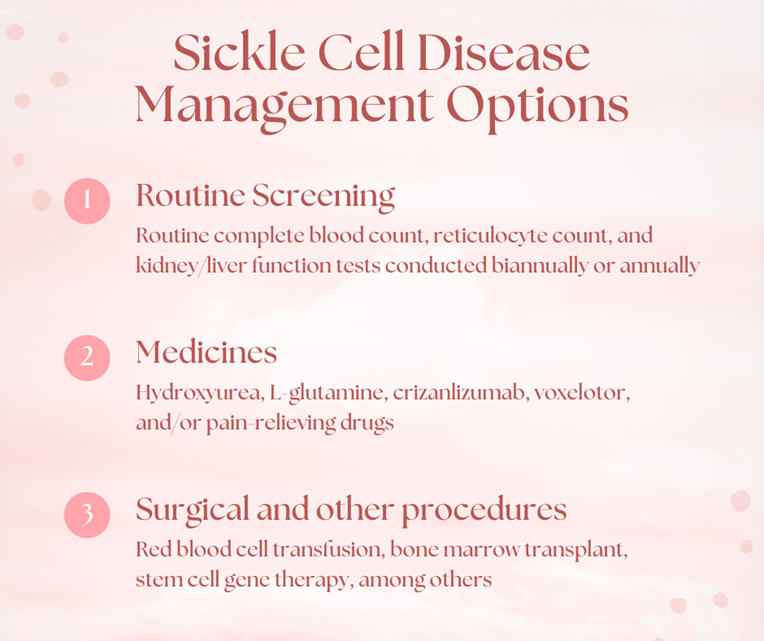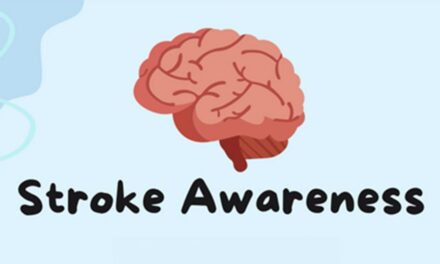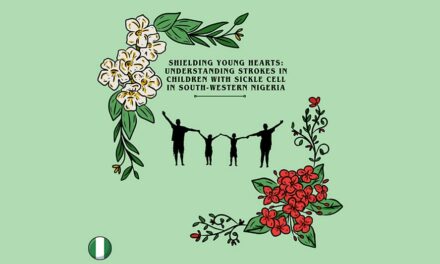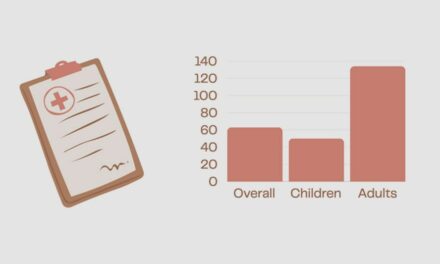Sickle cell anemia (SCA) is an inherited disease where red blood cells change shape and become sickle-shaped instead of round. Since this can clog and damage blood vessels, it also increases the risk of stroke. In wealthier countries, children with SCA who face a high stroke risk usually receive monthly blood transfusions. These blood transfusions have lowered the risk of a first stroke by 92%. However, these treatment programs are not universally accessible.
In places with fewer resources, a more affordable option is hydroxyurea for stroke prevention. This medicine costs $0.16 per 500 mg capsule in Nigeria. This medicine increases levels of hemoglobin F so that red blood cells become large and do not become sickle-shaped. This process helps to deliver oxygen throughout the body.
The SPRING trial took place in Nigeria, where half of the world’s infants with SCA are born and most families live under the international poverty line. The SPRING trial wanted to see how both low and moderate doses of hydroxyurea could prevent strokes in kids with SCA.
 Methods:
Methods:
SPRING was a phase III double-blind parallel group randomized controlled trial carried out at three hospitals in Nigeria. The study involved Nigerian children aged 5 to 12 with SCA who were at a high risk of stroke. The researchers chose these children based on guidelines from past studies. These studies have shown that abnormal blood flow in the brain (defined as a transcranial Doppler velocity of 200 centimeters per second or more) can be used as a reliable predictor of increased stroke risk among kids with SCA (Bos 2007, Moeen 2018).
Participants were divided equally into two groups. One group took a low dose (10 mg/kg) of hydroxyurea by mouth, once a day. The other group took a moderate dose (20 mg/kg) of hydroxyurea by mouth, once a day. The participants were checked monthly by doctors and lab tests. The main event researchers observed for was the first stroke or transient ischemic attack (TIA). Researchers also looked at how many times participants were hospitalized for any reason. The trial ended after an average of 2.4 years of tracking participants. This trial was registered with ClinicalTrials.gov under the ID NCT02560935.
Findings:
From August 2, 2016 to June 14, 2018, 220 participants were randomly chosen and followed for about 2.4 years. The average age was around 7 years old and 52% of participants were female. All participants were Nigerian, mainly from Hausa (82%), Fulani (11%), or other (7%) ethnic groups. In the group taking a lower dose, three out of 109 participants (~3%) had strokes. In the moderate-dose group, five out of 111 (~5%) had strokes. Comparing these rates, there wasn’t a significant difference. However, the rate of hospitalization (for any reason) was significantly higher in the low-dose group compared to the moderate-dose group. None of the participants had to stop treatment due to low blood cell counts in the bone marrow. This is a complication linked to hydroxyurea.
Interpretation:
Before this trial, doctors weren’t sure if a low (10 mg/kg/day) or moderate (20 mg/kg/day) dose of hydroxyurea is better for preventing strokes in kids with SCA. The results of this trial suggest that both doses work similarly well, and don’t increase risks or harm from the medicine. This trial also showed that using a moderate dose might actually help reduce the risk of hospitalization for any reason.
SPRING is the first clinical trial to support low-dose hydroxyurea and biannual complete blood cell count as a stroke prevention strategy for children with SCA living in Africa. These findings have helped researchers and clinicians create a smoother and less expensive process for patients and families affected by SCA and stroke.
Reference, Original Abstract:
Abdullahi SU, Jibir BW, Bello-Manga H, et al. Hydroxyurea for primary stroke prevention in children with sickle cell anaemia in Nigeria (SPRING): a double-blind, multicentre, randomised, phase 3 trial. Lancet Haematol. 2022;9(1):e26-e37. doi:10.1016/S2352-3026(21)00368-9. PMID: 34971579 .
Additional References:
Bos MJ, Koudstaal PJ, Hofman A, Witteman JC, Breteler MM. Transcranial Doppler hemodynamic parameters and risk of stroke: the Rotterdam study. Stroke. 2007;38(9):2453-2458. doi:10.1161/STROKEAHA.107.483073
Moeen SM, Thabet AF, Hasan HA, Saleh MA. Lower Transcranial Doppler Flow Velocities in Sickle Cell Anemia Patients on Hydroxyurea: Myth or Fact. Indian J Hematol Blood Transfus. 2018;34(1):97-103. doi:10.1007/s12288-017-0814-z
Abstract Translation: Natalie Mahgerefteh
Graphics: Natalie Mahgerefteh
Medical Editor: Akshat Pai, MSc-PhD Trainee
Junior Editor: Hannah Carsey





